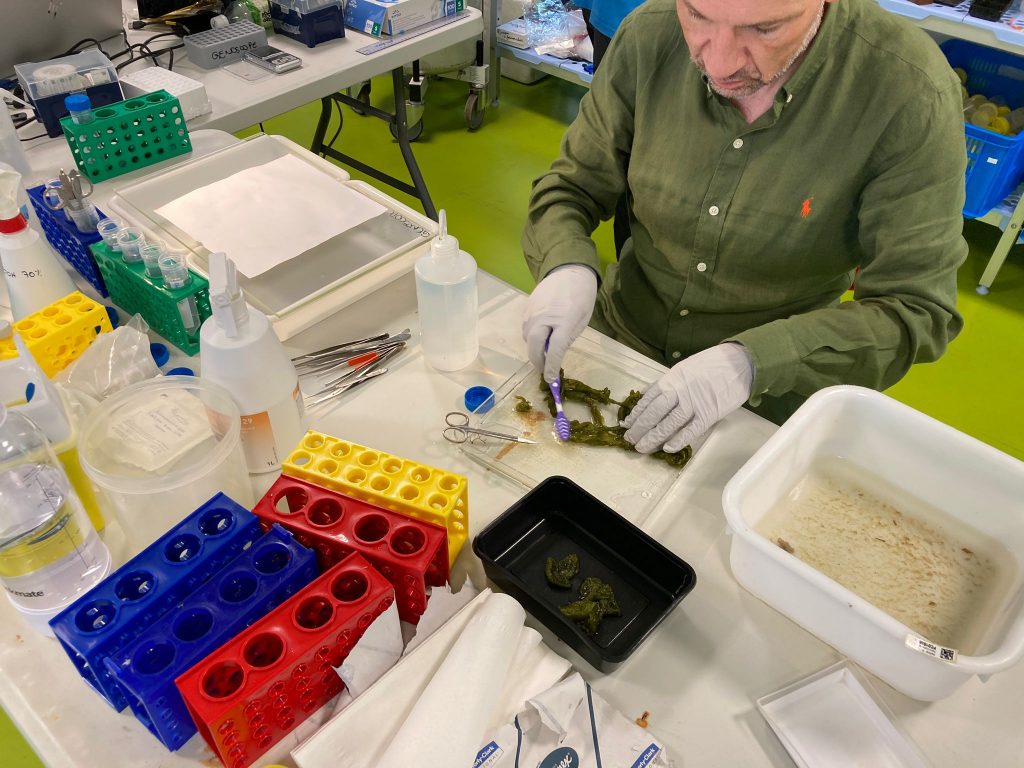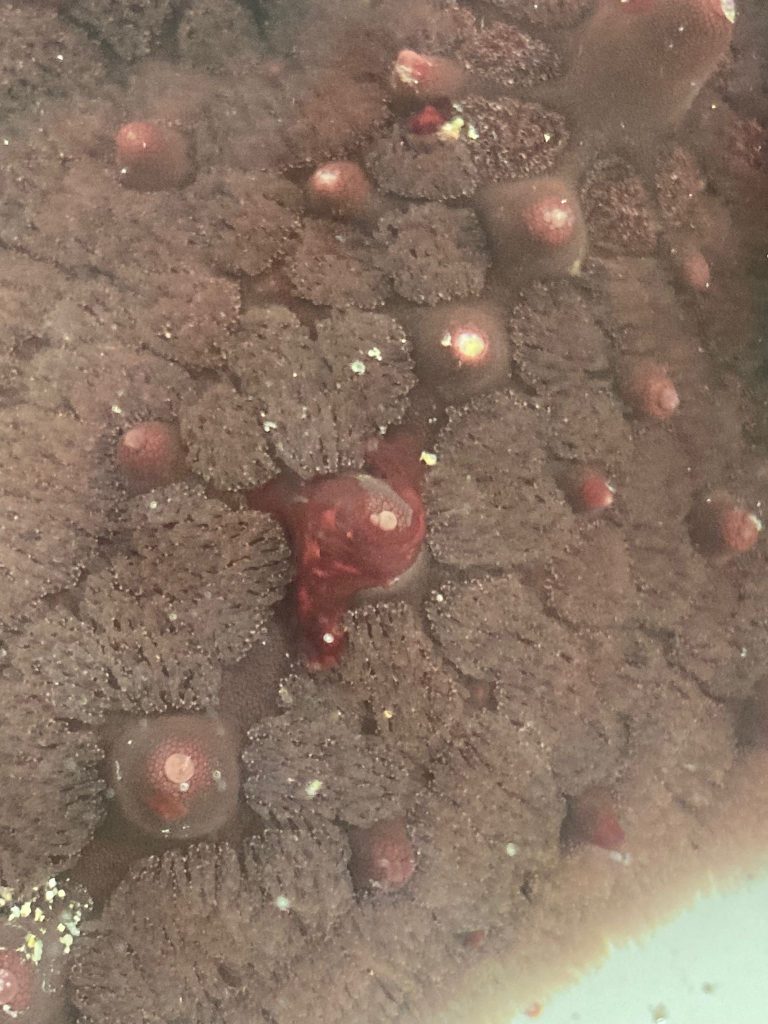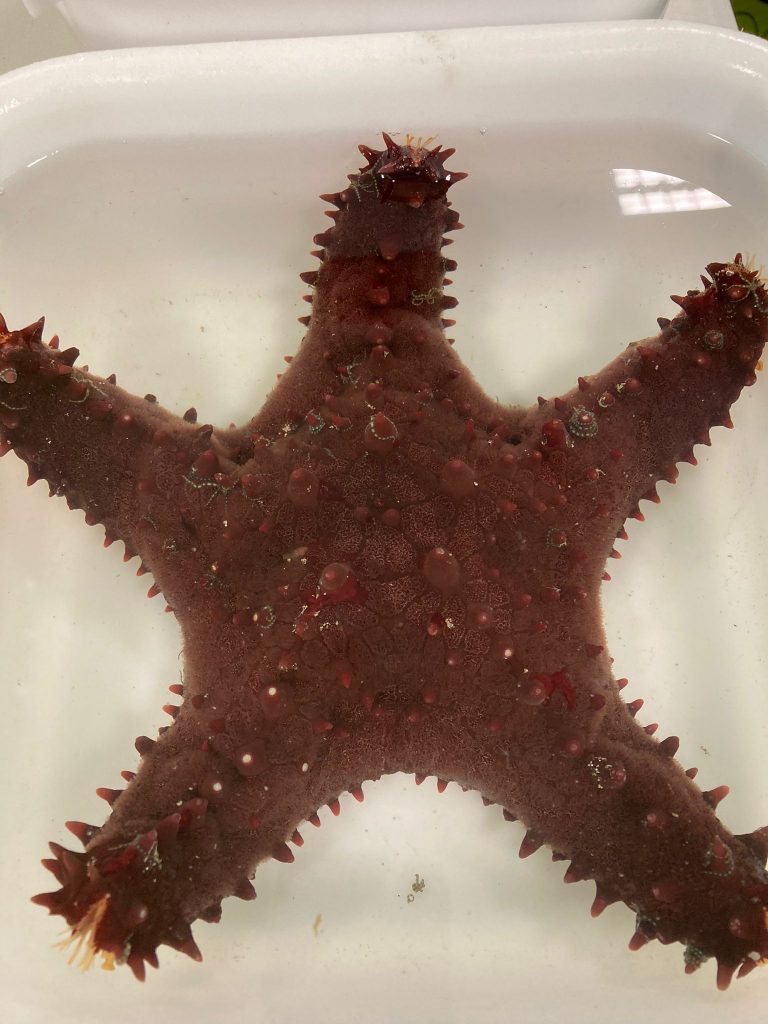As part of the KANAMECO oceanographic campaign led by the Muséum national d’Histoire naturelle (MNHN), ATLASea had the opportunity to collect new samples of marine species during the month of March in the large southern lagoon off Nouméa, the capital of New Caledonia.

From March 11 to 31, a number of ATLASea members, including Janaina Rigonato, CEA engineer and SEQ-Sea project leader, carried out a sampling mission in provincial waters off Nouméa and along the Southern Horn. During these twenty days, they worked in conjunction with participants in the KANAMECO oceanographic mission, another scientific exploration campaign led by the MNHN to complete the inventory of New Caledonia’s marine biodiversity.
On this occasion, the research vessel ANTEA and four divers were in charge of collecting specimens. Rising at dawn at 4:30 am, the divers targeted the species to be collected in the twilight zone, which has been little explored until now. According to Line Le Gall, professor at MNHN and head of the DIVE-Sea project within ATLASea, “The waters of New Caledonia are mainly oligotrophic, i.e. poor in nutrients, but they are home to a huge diversity of organisms. Most of them are small, but we did find some medium- to large-sized organisms. Around midday, the first specimens collected by the divers arrived, followed by the collections made on the ship in the afternoon.
It’s now a race against time. Quick action is needed to freeze the tissues, which degrade at room temperature. We headed for the temporary field laboratory set up for the teams to carry out all the stages prior to freezing the tissues. Sorting, identifying as precisely as possible, cleaning and dissecting. This last task requires remarkable dexterity, and is supervised by Bertrand Bed’Hom, MNHN professor in charge of all biological resources, both living and cryopreserved cells.
But before dissecting the tissues, placing them in cryotubes and rapidly freezing them in liquid nitrogen, Mélanie Van Weddingen, an engineer at MNHN, organized a short photo session of the specimens collected. In the end, the target of 100 species set at the start of the mission was well exceeded. Thanks to a steady pace, the teams collected samples of 172 species over the course of the mission.


